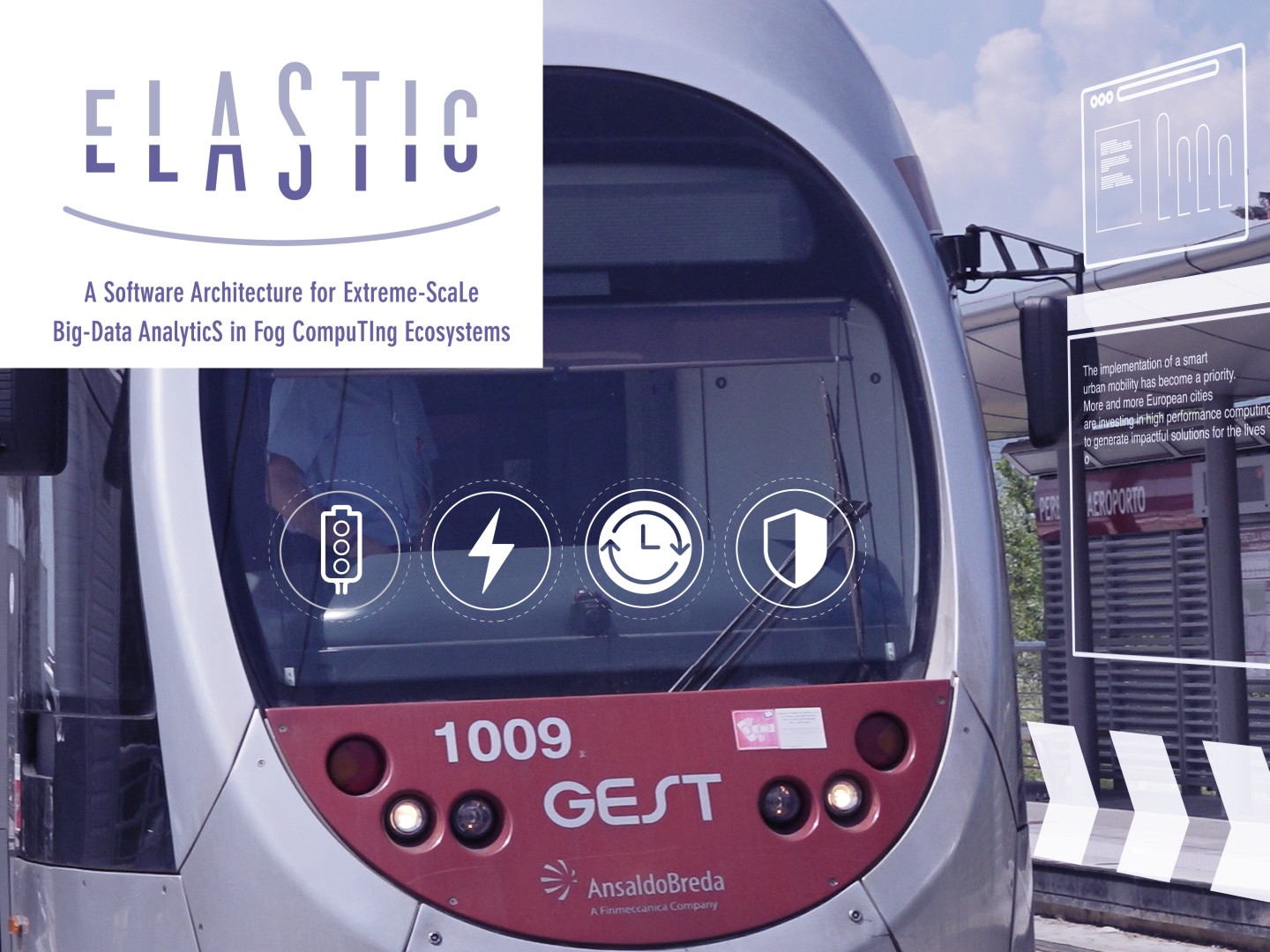ELASTIC software architecture advances urban mobility in Florence
Current trends in the field of big data analytics in the context of smart cities show a need for original software ecosystems upon which advanced mobility functionalities can be developed. These new architectures need to be able to collect and process a vast amount of data, coming from geographically dispersed data sources, and convert it to valuable knowledge for the public sector, private enterprises and citizens. The ELASTIC technology is facing this challenge by developing a software framework capable of exploiting the distributed computing capabilities of the compute continuum of the smart city, while guaranteeing additional properties, known as non-functional requirements of the system: the real-time, energy, communication quality and security. “We are excited to apply a smart mobility use case that will help for better and safer public transportation,” states Eduardo Quiñones, senior researcher at the Barcelona Supercomputing Center (BSC) and coordinator of the ELASTIC project. “By creating a novel software architecture for extreme-scale analytics, ELASTIC will form the technological basis for advanced mobility systems and autonomous transport networks.” The following smart mobility applications are being elaborated on to show the great potential of the ELASTIC technology for advanced tramway solutions: - Obstacle detection: By combining data from different sensors, it helps to detect obstacles and avoid collisions in real time using Next Generation Autonomous Positioning (NGAP) and Advanced Driving Assistant System (ADAS). - Predictive maintenance: It detects maintenance needs at an early stage in order to minimise operational costs and increase the reliability of the service. - Public/private transport interaction: It provides support to assess the overall traffic conditions and enables enforcement of control strategies for a more efficient interaction between public and private transportation. Watch the ELASTIC video to learn about the project’s technology and smart city use case here: https://youtu.be/5ngb4wwi-Vk



